Deck & Commander Strategies
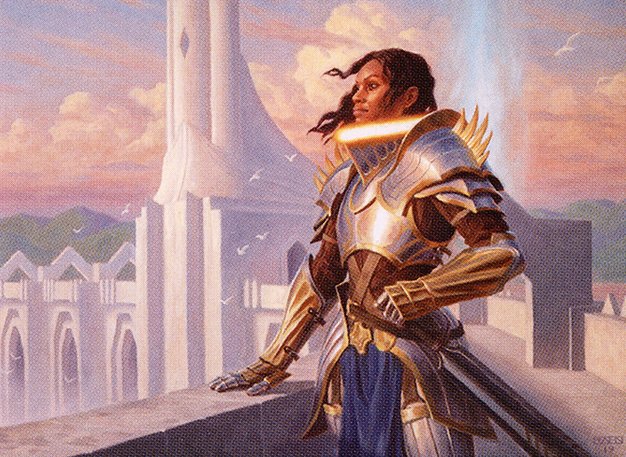
Tazri, Beacon of Unity
A creature-focused deck that aims to win through fast Oracle combos and infinite mana generation, leveraging card draw engines and taxing effects to control the pace of the game.

Urza, Lord High Artificer
Midrange artifact-based deck focused on card advantage and infinite mana combos, using powerful artifacts and creatures like Consecrated Sphinx to overwhelm opponents.

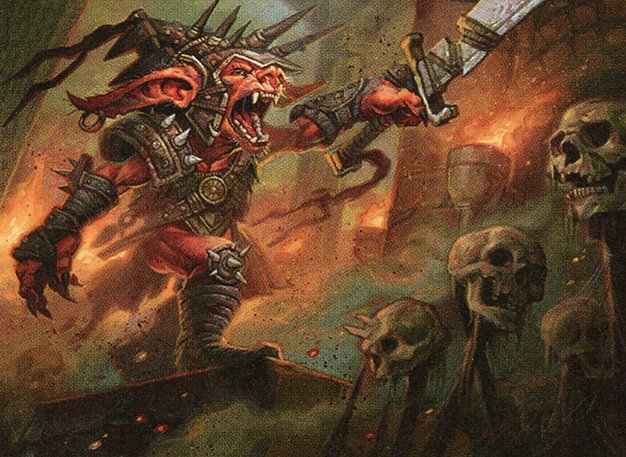
Rograkh, Son of Rohgahh and Thrasios, Triton Hero
A polymorph combo deck that uses artifact recursion and powerful creatures to generate infinite mana and draw the entire deck, aiming for a decisive combo finish.
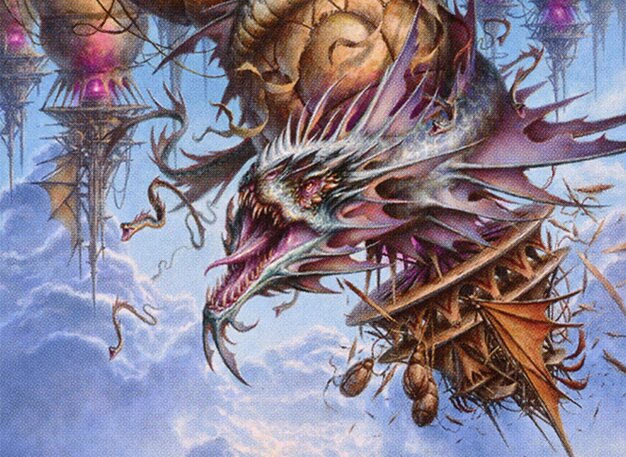
Xyris, the Writhing Storm
A taxing control deck that increases opponents' spell costs and generates snake tokens to control the board, aiming to disrupt opponents' combos and win through attrition.
Gameplay Insights
- 1
Tazri player prioritized keeping mana open for interaction spells like Fierce Guardianship while building their board, showing cautious resource management.
- 2
Urza's player used artifact mana acceleration and card draw to maintain a steady advantage without overcommitting early, emphasizing a balanced midrange approach.
- 3
Rograkh and Thrasios effectively used wheel effects to disrupt opponents' hands and dig for combo pieces, showcasing the power of card draw and recursion in polymorph decks.
- 4
Xyris's taxing mechanic increased the cost of opponents' spells, effectively slowing down their development and forcing them to spend additional resources to execute their plans.
- 5
The interaction between Mystic Remora and Heirloom Study created a complex card draw environment where players had to decide when to pay or feed the tax, influencing tempo and resource flow.
- 6
The slow, grinding pace after early ramp and interaction highlighted the importance of timing in cEDH, where players wait for the perfect window to deploy combos or lock opponents out.
Notable Cards
-
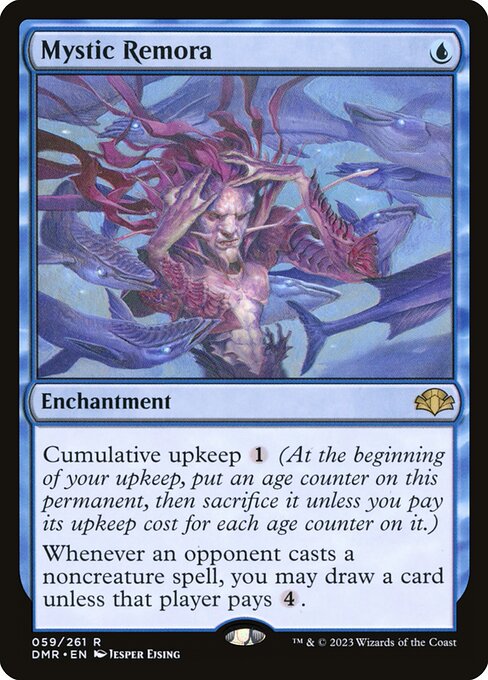
Mystic Remora
-

Consecrated Sphinx
-
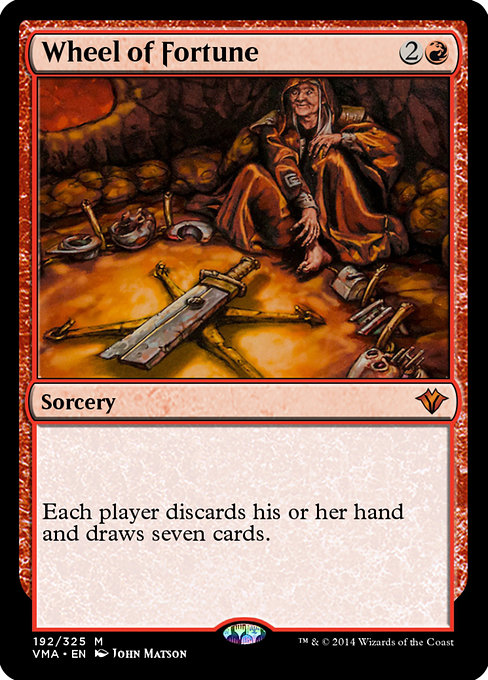
Wheel of Fortune
-

Fierce Guardianship
-
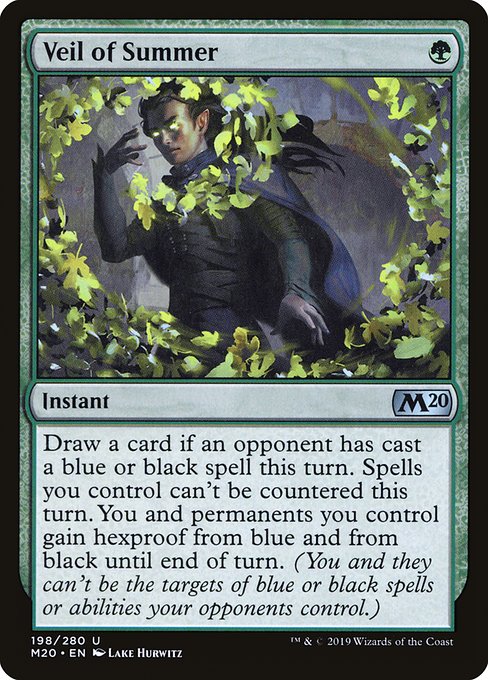
Veil of Summer
-

Ancient Tomb
-
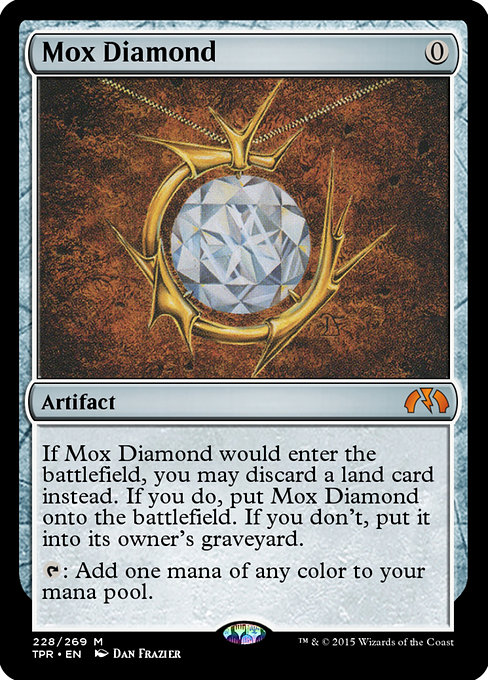
Mox Diamond
-
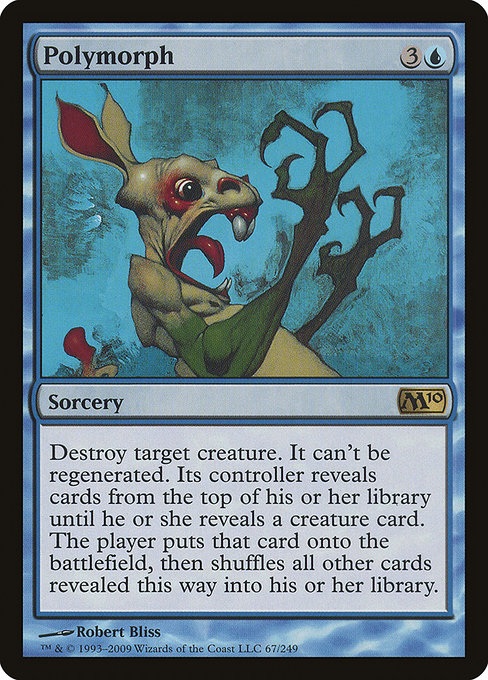
Polymorph
Gameplay Summary
The game began with all players establishing early board presence and setting up their resource engines.
The Tazri player focused on a creature-heavy strategy aiming to win through a fast Oracle combo, utilizing cards like Mystic Remora and Heirloom Study to draw cards and apply pressure.
Meanwhile, Urza developed a midrange artifact-based deck centered around card advantage and infinite mana generation, leveraging cards like Consecrated Sphinx and Mox Diamond.
Rograkh and Thrasios employed a polymorph combo approach to cheat powerful creatures like Tyrant or Rulebreaker into play, aiming to generate infinite mana and deck out opponents.
Xyris operated a taxing strategy with non-creature spells costing extra mana and generating snake tokens to control the board. Early turns featured heavy interaction with taxing effects and card draw from multiple players.
The Tazri player carefully managed resources, deploying creatures and using Heirloom Study alongside Veil of Summer and Fierce Guardianship for protection.
Urza maintained a strong artifact presence, including Lotus and constructs, and utilized Torment Script for card draw.
Rograkh and Thrasios executed wheel effects and mana acceleration to set up their polymorph win condition.
A key turning point was Tazri casting their commander and establishing a taxing board state, forcing opponents to respond.
The game evolved into a slow, controlled grind with players carefully balancing mana usage and interaction, waiting for the right moment to execute their combos or lock down opponents.
The interplay of taxing and protection spells, alongside combo potential from all players, made for a tense and strategic match.













































